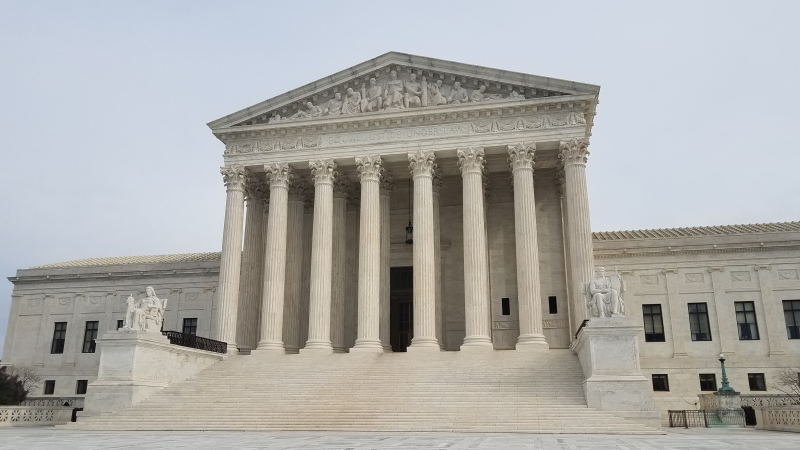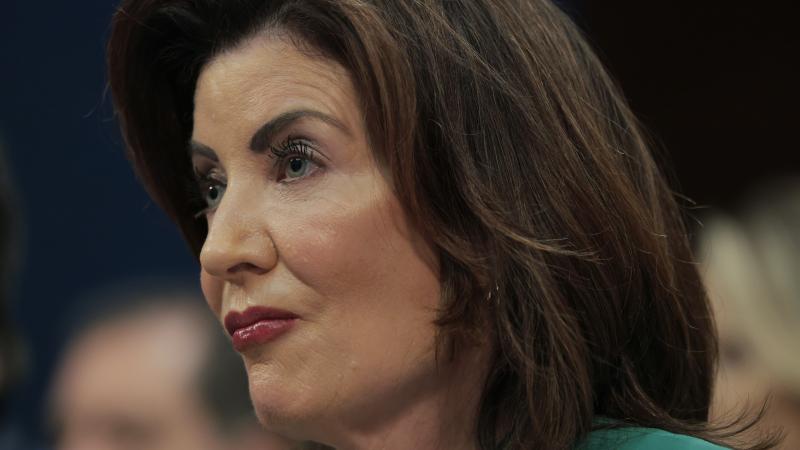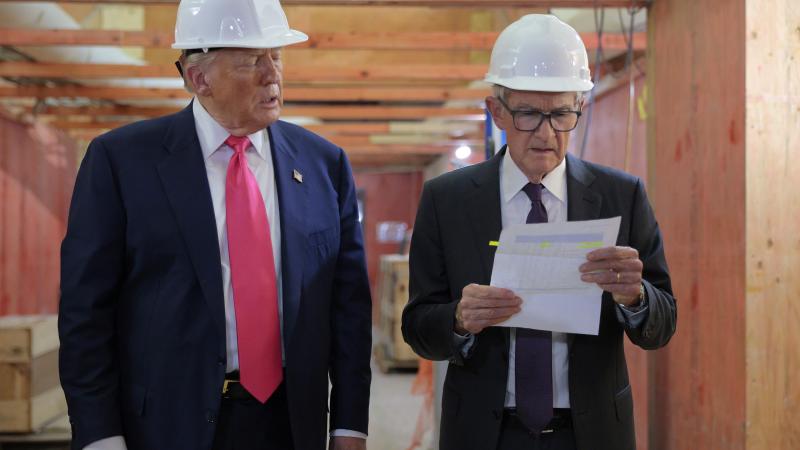Battle over changing Minnesota voting system not over
Ranked choice voting (RCV) is becoming a political buzzword across the country, and creating debate in Minnesota.
Ranked choice voting (RCV) is becoming a political buzzword across the country. While some are RCV proponents, others are railing against its expansion.
Four municipalities in Minnesota, including Minneapolis, already have this approach for local elections. Recent municipal elections in New York City were RCV-based and created a public stir when sample votes skewed the results.
In the legislature, dueling bills over RCV between Democrats and Republicans were on the docket in the 2021 session — and could be taken up again when the House and Senate reconvene in regular session next February.
The Democrats’ proposals are pro-RCV, the Republicans’ against.
Bill Walsh, political analyst and director of communications at the Center of the American Experiment, told The Center Square, “Those bills will gain no serious traction in the legislature. They will die on the vine.”
While the Democrats own the House and could return to RCV issues, he adds, the Republican Senate simply won’t find any value in taking up the issue.
Though the specifics vary by states and localities, ranked choice voting works something like this:
Suppose there are four candidates for a position. Voters can rank their preferences for each from one to four. If one candidate gets over 50% of the first-choice votes, he or she wins.
But if no one gets over half the votes, a playoff process kicks in to have one candidate get to that percentage. The lowest first-place vote getter gets booted. That candidate’s second-place votes go to the three remaining candidates. Does someone have over 50%? If yes, they would be declared the winner.
If no, then a similar process enables step-by-step elimination of candidates whose secondary votes go to candidates remaining. Someone eventually gets a majority of votes, at least in theory.
Compare this with most traditional voting. If there are five candidates, a voter fills in the oval for Joe Smith. If Smith gets more votes than any of the other four, he wins. That is plurality voting.
RCV provides five columns to the right of the candidate. The columns are 1 through 5. Voters can pick one candidate in each column, but generally do not have to vote in every column. NYC Votes, an online guide for Big Apple voters, puts it this way: “Only rank one candidate per column. Don’t rank any candidate more than once.”
U.S. Rep. Dean Phillips, Democrat of Minnesota’s Third District, quoted on a pro-RCV website, says ranked choice “is simple, empowers voters, and rewards candidates who broaden support beyond their base.”
The Freedom Foundation of Minnesota has done an extensive analysis of RCV titled “Ranked Choice Voting – A Risk Voters Shouldn’t Take.” The reform report was released on July 2.
The document lists five major objections. The authors state that RCV is confusing and does not count every vote nor foster positive campaigns nor increase voter participation. In addition, the report finds RCV lowers both voter confidence and voter satisfaction as well as disenfranchising minority voters.
The Freedom Foundation quotes the head of the New York chapter of the National Association for the Advancement of Colored People (NAACP). After New York City voters approved ranked choice in 2019, Hazel Dukes said, “Ranked choice is not for us … Some progressive white folks got together in a room and thought this would be good, but it’s not good for our community.”
Walsh generally agrees with the Freedom Foundation’s criticisms. The one possible exception, he told The Center Square, is the accusation that the ranked voting approach does not foster positive campaigns.
He says running campaigns trying to please voters of opposing candidates might enable a candidate to pick up an opponent's secondary votes, which makes it “tactically hard to beat up those other candidates.”
Thus, Walsh finds that the public might get less negative campaigns under RCV. But he says that tends to be the case any time you have three-way political races.
Walsh thinks the chances of the expansion of ranked choice voting in Minnesota are slim. He says that the “real problem would be voting changes at the federal level.”
And he does think that Democrats in Minnesota will return to the legislature at some point to seek statewide ranked choice voting, “They use incrementalism. They’ll be back.”













